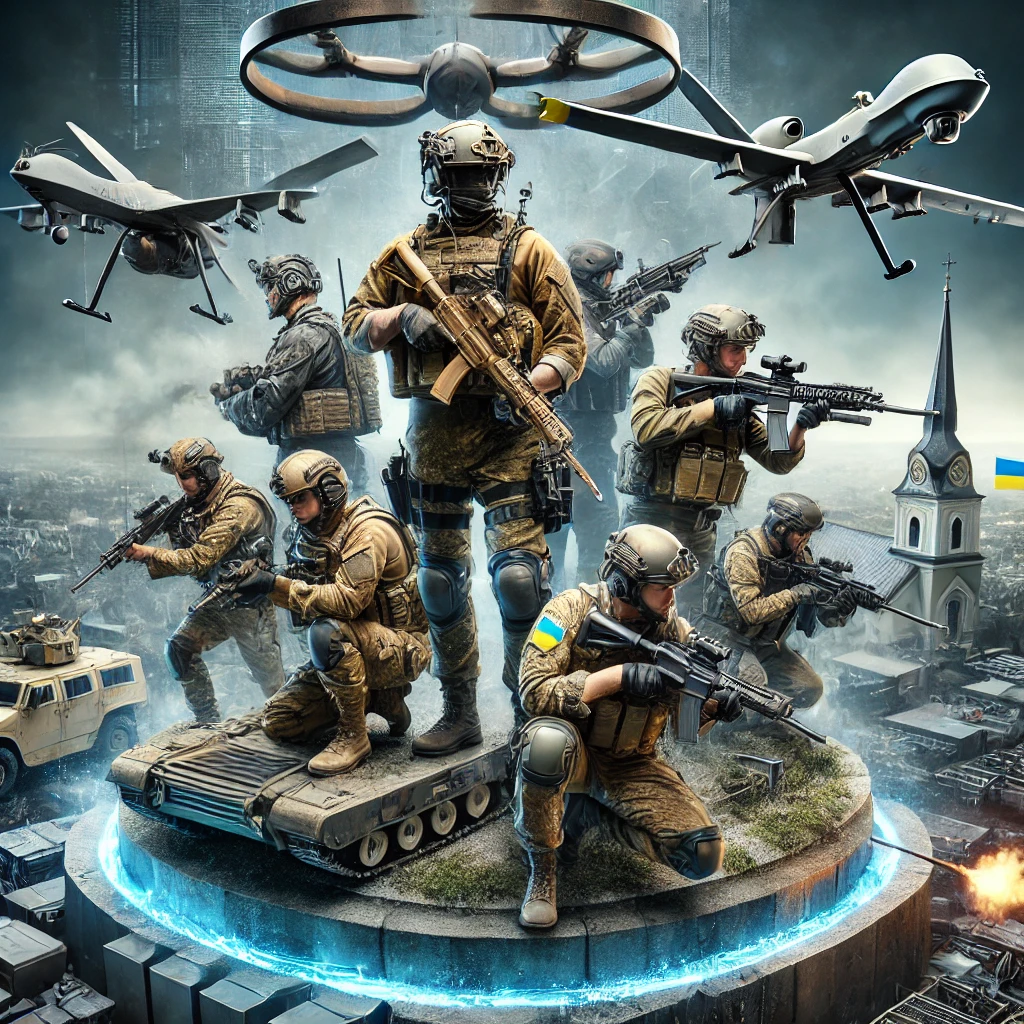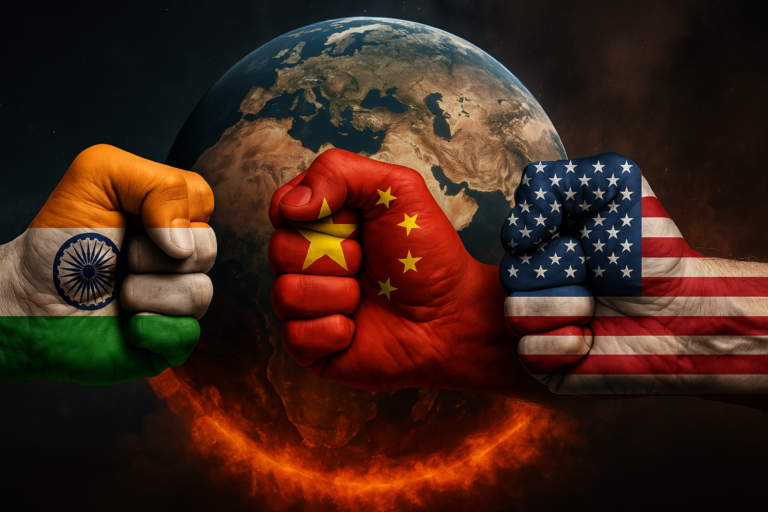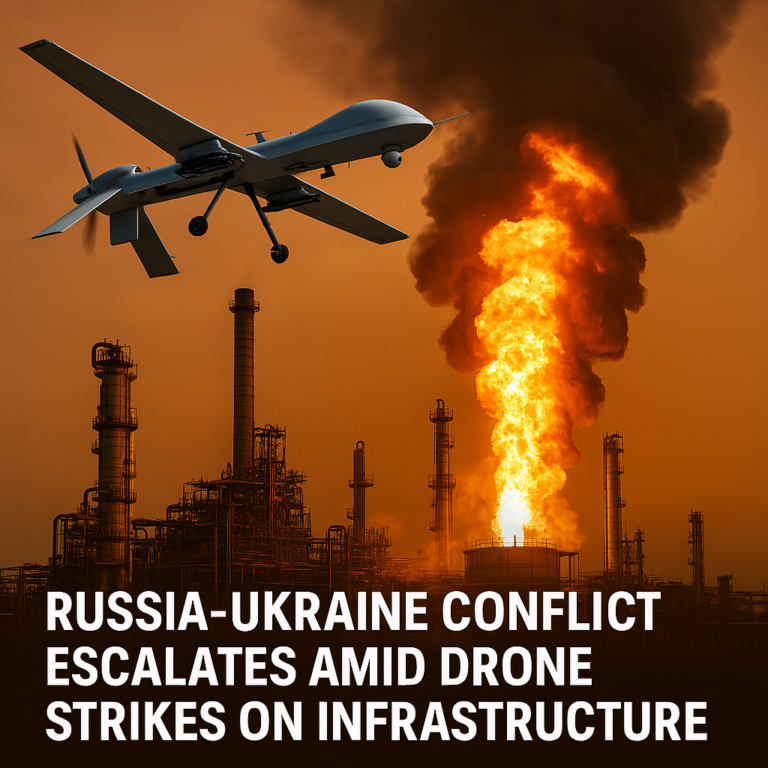
A powerful infographic showing Zelenskyy laughing while Putin appears tense, set against a Russian map, reflecting the Siberia Ukraine Conflict and Russia’s geopolitical tensions.
Recent Developments in the Russia-Ukraine War
The Siberia Ukraine Conflict plays a crucial role as the Russia-Ukraine war approaches its fourth year (BBC). Read the latest updates on the war at Al Jazeera. Tensions keep rising on diplomatic and military fronts. Ukrainian President Volodymyr Zelenskyy demands firm security guarantees from the U.S. and Europe before peace talks. He emphasized that any settlement plan must ensure long-term stability and deter future conflicts. Meanwhile, U.S. officials are preparing for top-level discussions with European counterparts to strategize the war’s resolution.
Siberia Ukraine Conflict: U.S. and European Involvement in Peace Talks
U.S. officials reaffirm support for Ukraine. National Security Advisor Mike Waltz calls for stronger European backing. Discussions between U.S. and European leaders are focused on imposing additional sanctions against Russia and providing Ukraine with more advanced military aid to counter ongoing Russian offensives.
Russia’s Stance in the Siberia-Ukraine Negotiations
Donald Trump claims he discussed ending the war with Vladimir Putin, who signaled willingness for talks. However, skepticism remains about whether Russia is genuinely open to negotiations or if this is a strategic move to buy time. Despite reports of Russia signaling some willingness to engage in diplomatic discussions, military operations in eastern Ukraine have intensified, indicating Moscow’s continued aggressive stance.

Ukraine’s Countermeasures
While peace talks remain uncertain, Ukraine continues its resistance, making strategic advances in contested regions. The Ukrainian military has increased counter-offensive operations in the Donetsk and Luhansk regions, leveraging newly acquired Western weapons. Analysts suggest that Ukraine is positioning itself to strengthen its negotiating power should serious peace discussions materialize in the coming months.
Donald Trump claims he spoke with Vladimir Putin about ending the war. Putin allegedly expressed willingness to halt violence. Many doubt Russia’s sincerity. Critics argue that this could be a tactic to gain time. Peace talks remain uncertain. Meanwhile, Ukraine continues resisting. Western allies consider tougher sanctions to pressure Moscow into real negotiations. Learn more about NATO’s military strategies in Europe on Suchak News.
The Rise of Siberian Separatism in the Russia-Ukraine Conflict
Siberian separatism is not new but has gained attention amid the ongoing Siberia Ukraine Conflict as Russia’s global standing declines (Wikipedia). Moscow treats Siberia as a resource colony, exploiting its vast natural wealth. The region supplies most of Russia’s energy resources. Yet, many Siberians endure poor infrastructure, inadequate healthcare, and limited economic opportunities.
The slogan “Stop feeding Moscow!” fuels autonomy demands. Many Siberians feel exploited, seeing Moscow drain their wealth. The region remains underdeveloped. Restrictions on political representation deepen frustrations. Strict federal oversight leaves many powerless. Discontent grows, leading to louder calls for self-governance and even full independence from Russia.

Siberia Ukraine Conflict: Growing Support for Siberian Independence
Separatist movements have gained traction throughout the Siberia Ukraine Conflict at different points in history. The war in Ukraine has reignited this issue. Some Siberians now align with Ukrainian forces against the Kremlin. Russia’s military struggles continue, and economic instability worsens. These conditions increase the likelihood of renewed separatist efforts in Siberia.
Calls for Siberian independence date back to the late 19th century, but significant movements emerged in the late 20th century. In the early 1990s, Siberian leaders even proposed forming a “Siberian Republic,” threatening to halt resource exports and tax payments to Moscow. Though this movement was suppressed, economic and political frustrations have kept separatist sentiments alive.
The situation escalated in 2014 when activists in Novosibirsk organized the “March for Federalization of Siberia.” They demanded more economic and political control. The Kremlin responded swiftly, shutting down the movement and enforcing strict laws criminalizing separatist calls. Despite this crackdown, many still seek autonomy. Economic disparity and frustration over Moscow draining Siberia’s wealth continue fueling these demands.

Economic Exploitation and Moscow’s Neglect
The Siberia Ukraine Conflict highlights how Siberia drives Russia’s economy, providing 80% of its oil, 85% of its natural gas, and major coal and mineral reserves. Moscow continues to overlook the region, failing to improve infrastructure, public services, and economic conditions. The wealth generated from Siberia is funneled into Moscow and other urban centers, leaving the local population struggling with limited job opportunities and deteriorating living conditions.
For decades, the Russian government has prioritized using Siberia’s vast wealth to fund national projects while neglecting regional development. Local industries and agriculture suffer due to a lack of investment, and many communities lack access to basic utilities and healthcare. In 2012, for instance, the Tomsk region generated 130 billion rubles in tax revenue, yet it received only 10.3 billion in return from Moscow. This stark disparity has fueled resentment among Siberians, reinforcing the perception that they are treated as second-class citizens within the Russian Federation.





1 thought on “Siberia Ukraine Conflict: A Region Aligning with Ukraine?”